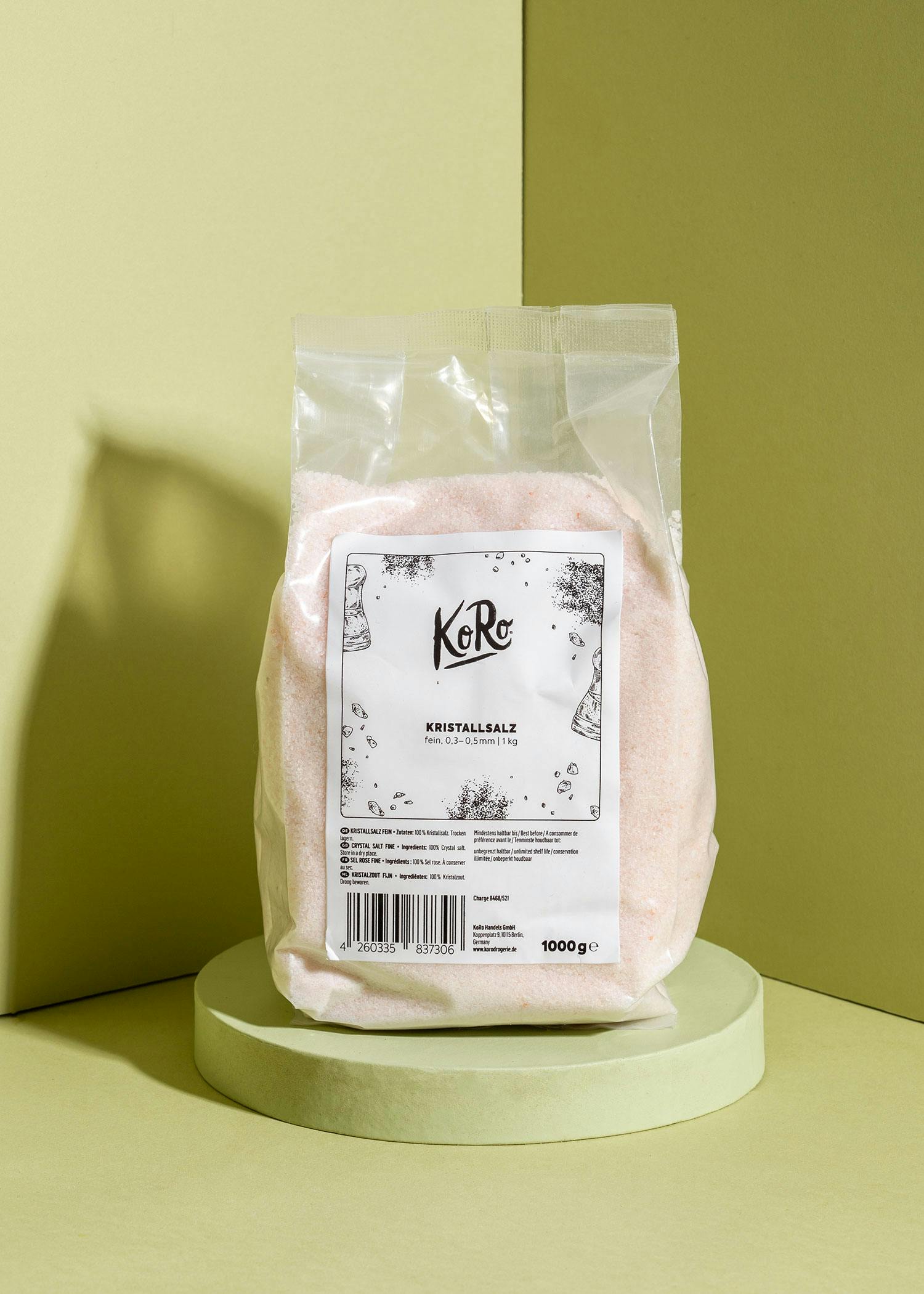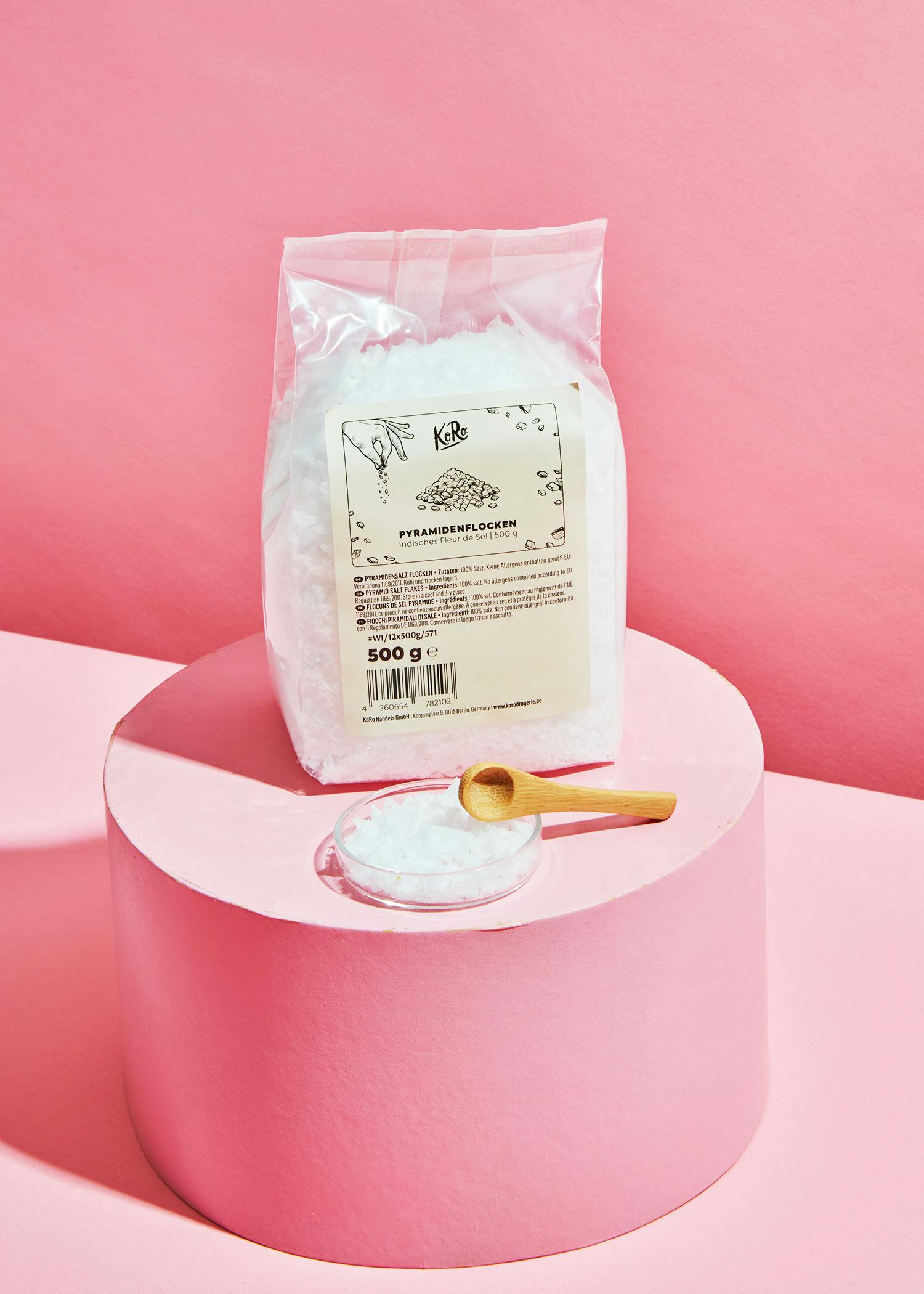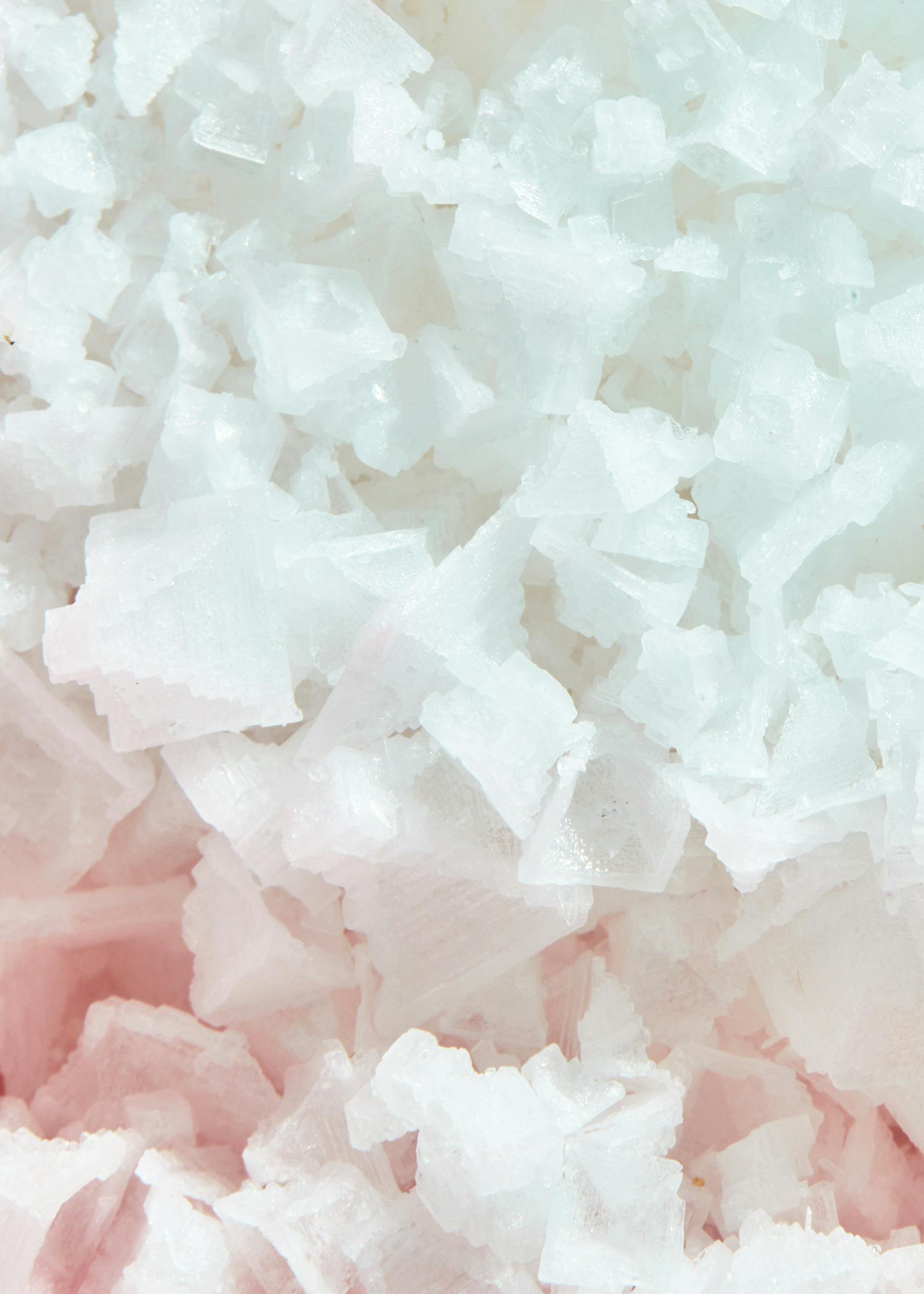First things first
What is salt anyway? Salt consists of sodium chloride, a mineral. This is essential for our body as we need it to survive but cannot produce it ourselves. But how do you get hold of this white gold? Salt can be obtained in three ways: as cooking or evaporated salt, rock salt or sea salt. Let's take a closer look at how this works.
Cooking or evaporated salt
To put it simply, the salt stored underground is pumped to the surface via a pipe system with the help of fresh water. Mineral salts, lime, soda and carbon dioxide are then added to the salt-water mixture in a basin to soften the brine. Next, the mixture is treated with steam so that the salt crystallizes into a wet paste. In order to produce beautiful salt crystals, the mixture is dried in a centrifuge in which the remaining water is thrown away. Only the pure salt crystals remain and are ready for use.
Sea salt
So, what percentage of salt does the sea consist of? 3%. But how is salt extracted from the sea? More or less by waiting, you could say. This is because sea salt is produced by natural evaporation, either in lagoons or artificially created basins, also known as salt marshes. The sun does the evaporation work here, which is why the salt comes from warm countries by the sea, such as Italy, Croatia, France and Spain, as well as Australia and Chile. The salt is then washed and dried. Patience is required during this process, as it takes six months for the seawater to become table salt. We have gone one step further and offer you sea salt in a pretty form: our pyramid salt!
Rock salt
However, rock salt accounts for the majority of global salt production. And the salt is not at the top of the mountain, but deep in the rock. And how did it get there? Through the drying up of the primordial oceans. And since that was millions of years ago, mountains have now formed above them, and we have to get into their layers to extract the salt. To do this, holes are drilled into the salt mines, pumped full of water and the salt is washed out. The water has to be evaporated here too, so that only the pure rock salt remains and can be used. By the way: We offer coarse and fine rock salt from a mountain range in Pakistan.
Salt and iodine
You may have already seen it on one or two packages: Table salt, especially rock salt, is often enriched with other substances, e.g. iodine or iodine with fluoride, folic acid or selenium. But why is this the case? Iodine is an essential trace element. Reminder: It is vital for us, but our body cannot produce it itself. In nature, iodine is found in sea fish and algae. However, to ensure an adequate supply, the Codex Alimentarius stipulates worldwide that salt in iodine-deficient countries such as Germany must be fortified with iodine. Fluoride, folic acid and selenium are also often inadequately consumed, which is why salts are often enriched directly with two substances. The more, the merrier!
Health aspects
The thing about salt is: even if it is necessary, you should not consume it excessively in the long term, as it is linked to the development of high blood pressure. Are you also part of the "the saltier, the better" team? In fact, how much salt you like is purely a matter of habit. So if you like to eat very salty food, you could also try to wean yourself off it step by step. The motto here is: salt sparingly at first and add more salt if necessary.
By the way, if you're looking for your new favorite dessert: Our social media team tested the viral trend of vanilla ice cream with olive oil and salt. The result - we are thrilled!





